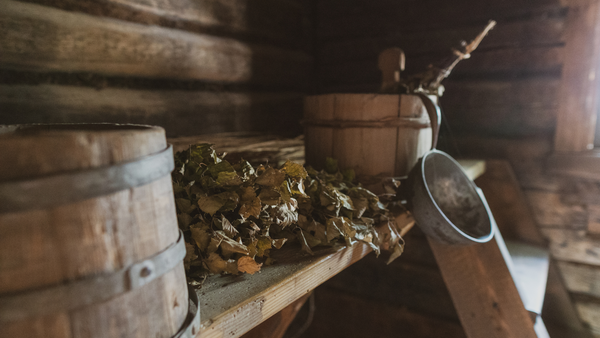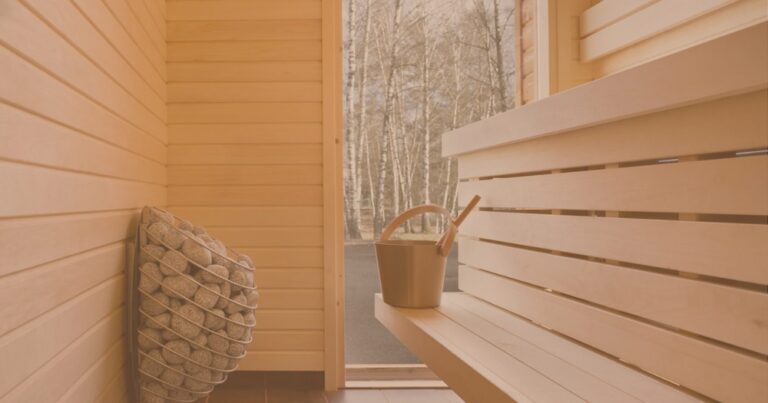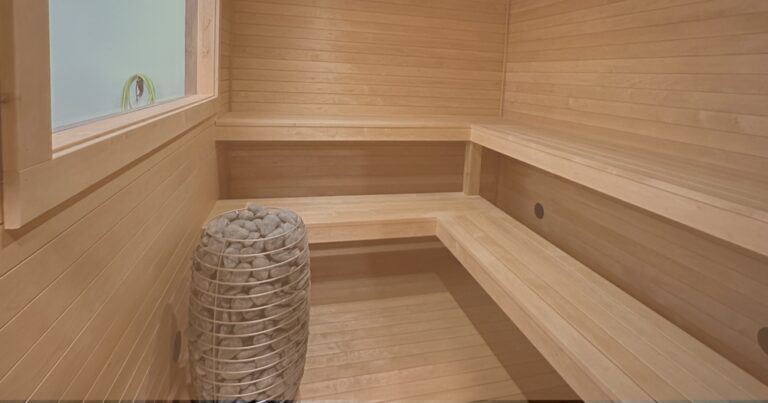Today, we’re taking a close look at two old traditions: the sweat lodge from Indigenous cultures and the Scandinavian sauna. Both are about more than just getting warm; they’re about spirituality, history, and bringing people together for health and wellness. They’re quite different, but at the same time, they have a lot in common. This shows us that no matter where we come from, we all share some basic human experiences. Come along as we dive into the stories of these two practices, appreciating the lessons they teach us and how they help us connect across different cultures.
As we dive deep into a comparative exploration of two venerable traditions: the indigenous sweat lodge and the Scandinavian sauna. Both practices, deeply rooted in spirituality, history, and a communal pursuit of wellness, present a fascinating contrast and striking similarities. It’s a testament to our belief that, despite the diversity of our backgrounds, there’s a shared essence and common ground to be found in our collective human experience. Join us as we uncover the intertwined narratives of these enduring traditions, celebrating the wisdom they offer and the bridges they build between cultures.
Sweat Lodges: A Sacred Ceremony
Imagine stepping into a dome-shaped structure, low to the ground, built from willow branches and covered in blankets or animal hides. This is the sweat lodge, a sacred space for many Native American tribes, including the Lakota and Dakota. It’s more than just a place to sweat; it’s where physical and spiritual purification intertwines with the rhythm of ancient songs and the heartbeat of drums. The ceremony, known as the Inípi, is a deeply communal experience, guided by a leader whose wisdom and training ensure the safety and integrity of this spiritual journey.
“I remember what it was like to be in that small enclosed space. It was dome shaped and you know, it was so hot that you had to focus on prayer.. You had to focus on something outside of you; instead of focusing on how hot it was. We’d do four rounds of that; hot, cold, take water, recover, -and after that, a meal!” – Bobby Grey Eagle
Saunas: The Scandinavian Sanctuary
Now, transport yourself to a wooden cabin, perhaps nestled by a frozen lake, with a stove warming a pile of rocks. This is the Scandinavian sauna, a tradition brought over by European settlers, which has found a home in the High Plains. Unlike the ritualistic sweat lodge, the sauna offers a secular sanctuary for relaxation and socialization. It’s a place to unwind after a long day, share stories, or enjoy the silent camaraderie of fellow sauna-goers. The practice involves cycles of warming up and cooling down, believed to cleanse the body, boost circulation, and ease the mind.
Meeting of Warmth and Wellness
Both the sweat lodge and the sauna share a fundamental goal: to offer peace, clarity, cleansing, relaxation, and spirituality. Yet, the paths they take to achieve these outcomes are as distinct as their histories. The sweat lodge ceremony is a spiritual event, where each step, from the heating of the stones to the closing of the ceremony, is imbued with symbolism and meaning. In contrast, the sauna experience is more flexible, accommodating both silent reflection and low-key social interaction, with the communal aspect often highlighted by the shared ritual of pouring water over hot stones to generate steam.
Leadership and Learning
The leadership within a sweat lodge is not a role taken lightly; it’s earned through years of learning and living within the community’s traditions. The leader not only guides the ceremony but also ensures the physical and spiritual safety of participants. In the sauna, leadership is more communal and practical, focusing on maintaining the heat and respecting the space’s shared rules.

Community and Cleansing: Shared Spaces, Shared Spirits
Despite their differences, both spaces foster a unique sense of community. The sweat lodge brings people together in a circle, creating an intimate space for shared healing and spiritual connection. The sauna, while less ritualistic, still promotes a sense of belonging and togetherness, as individuals gather in the warmth, each on their own journey of relaxation and rejuvenation.
Navigating the Heat with Care
Both traditions recognize the power and potential risks of their practices. In sweat lodges, careful preparation and respect for the ceremony’s physical demands are paramount. Saunas, too, require an understanding of one’s physical limits and the importance of hydration and cooling periods.
Bridging Traditions: Modern Adaptations and Shared Experiences
As we draw this exploration to a close, our commitment to carrying the torch for sauna traditions in the High Plains is unwavering. We strive not only to honor the profound legacy of our ancestors but also to forge a path of wellness and connection that our descendants can be proud of. Despite their diverse origins and unique rituals, both the sweat lodge and the sauna serve as sanctuaries for physical purification, mental clarity, and the strengthening of communal ties. These age-old practices have gracefully evolved, weaving together strands from various cultures while steadfastly preserving their essence. Here in the High Plains, the enduring presence of the sauna and sweat lodge stands as a powerful reminder of our shared quest for renewal, peace, and unity. They exemplify how, despite the myriad journeys we embark upon, our aspirations for well-being and spiritual fulfillment are universally connected. In upholding these traditions, we pay homage to our forebears and offer a gift of heritage and health to future generations.




